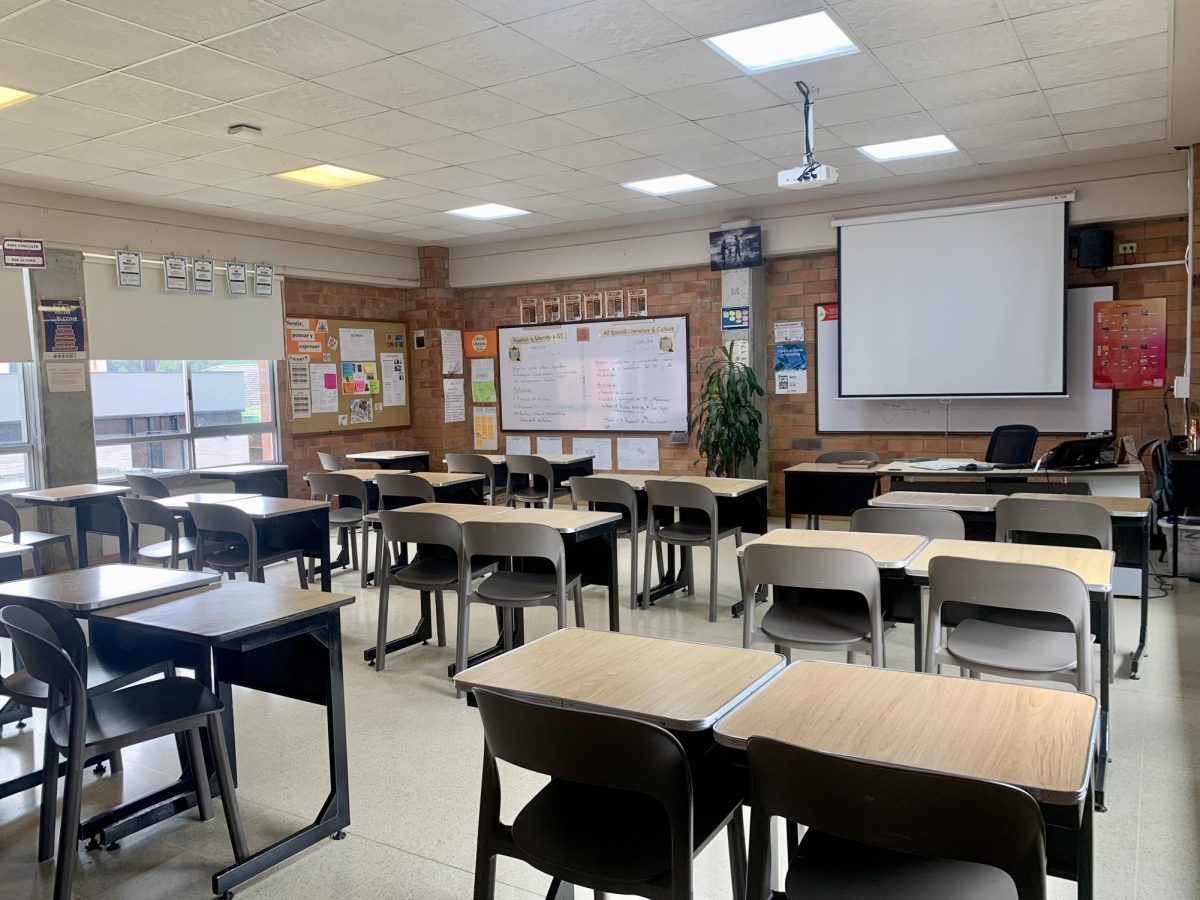In this Academic year, AP Spanish has attracted various students from different grades, offering a rich exploration of literature, but what do these students say about their class?
AP Spanish literature and culture proves to be an alternative option, with approximately 40 junior and senior students enrolled in the class for the 2023-2024 academic year. Several students express positive opinions regarding the teaching approach and exam anticipation, while others share insights into the challenges posed by complex reading comprehension.
The AP Spanish Literature and Culture course spans from the 1500s, exploring various genres such as poems essays, and more. Students address 38 pieces of literature, facing reading comprehension, Each genre presents its unique difficulty level for students to navigate.
Compared to other Spanish classes, an AP class typically features a more accelerated curriculum. This accelerated pace can challenge some students who may need help to pick up certain texts at a faster rhythm than they are accustomed to. Consequently, students encounter the demanding task of reading and comprehending multiple texts within a condensed time frame of 1-2 weeks. Facing the challenges that students can encounter in this class, Grade 11 student Luciana Vallejo shared her perspective,
“The aspect that I find challenging is probably reading comprehension because we read texts from so long ago. I work on these challenges by asking the teacher or rereading the passage,” Vallejo said.
The teaching style of Erika Atehortúa, the AP Spanish teacher, could be interpreted as both effective and dynamic. Students may criticize that note-taking can be boring, but she keeps it interesting with new subjects. What makes her stand out is how she makes sure students understand what we’re talking about in projects and presentations, making the content feel more connected. Erika has a distinctive teaching style that contributes to creating a joyful classroom environment where everyone shows interest in learning about literature.
“I was never bored in class and every time I went there, there was always a welcoming environment where you were sure to learn something new every day,” Matias Arismendi, Grade 11, said.
Despite the rapid pace of the curriculum and the difficulty encountered in reading comprehension, selecting AP Spanish in either 11th or 12th grade promises an enriched perspective on literature from the past. Exploring into the works of literary masters such as Cervantes, this advanced course offers a profound exploration of some of history’s most significant literary works, such as the iconic Don Quijote. Students will not only learn more about the literature history but will also read and understand more about the conquest of America, as one of the students Arismendi, said, “I believe that the most interesting topic covered in class, was that when we covered the stories and chronicles of the Spanish conquest of America, as we got to explore the various perspectives from both Spanish and Mexican writers about the relevance of the conquest in history: a subject I found very interesting and memorable.”
Moreover, many classroom activities involve collaborative group work, which numerous students find to be a valuable advantage in preparing for unit exams. These teaching methods have applied a profound influence on students.“Probably the coolest thing about literature is that everyone has a different answer to the same problem so when we work as a group, we get many diverse viewpoints on the same topics,” Vallejo said.
Lastly, AP Spanish Literature and Culture could be a great experience for students, as not only will they learn more about their literature history but they will have a great time in the class, “Don’t be vague, the class is very cool and Erika will support you with anything, nevertheless, when you don’t work for the class, Erika will be reluctant to help you or give you extensions, making the class way harder as those assignments accumulate,” Arismendi, Grade 11, said.



